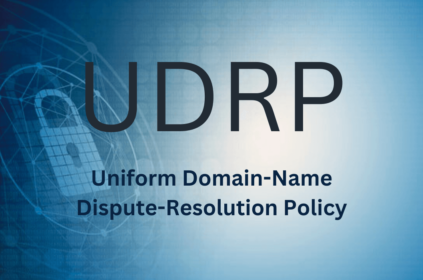Ever wondered what happens to a domain name after you register it? We demystify the Domain Name Lifecycle, covering expiration, grace periods, and more. Understanding this process is crucial for anyone managing a website.
Understanding the Domain Name Life Cycle
A domain name serves as a unique identifier used to access a website on the internet. It consists of two main parts: the top-level domain (TLD), such as .com, .net, or .org, and the second-level domain (SLD), which is the unique name you choose for your website.
The Domain Name Lifecycle outlines the distinct phases a domain name navigates, from initial availability to its eventual release back into the public pool. This process typically includes the following crucial phases:
- Available: Initially, a domain name is in the Available phase. This means it is not yet registered to anyone and remains open for public registration. This marks the very beginning of a domain name’s journey.
- Registered/Active: Once a domain name is registered, it enters the Registered/Active phase. During this period, a specific individual or organization, known as the registrant, legally owns and controls the domain name. Registrants typically secure domain names for periods ranging from one to ten years.
- Expiration: The Expiration phase begins when the domain name’s registration term officially ends. At this point, the registrant has the option to renew their domain name to maintain its active status. However, if the registrant chooses not to renew, the domain name will proceed to the next stage of its lifecycle.
- Grace Period (Renewal Grace Period): Following expiration, the domain name often enters a Grace Period, also known as a Renewal Grace Period. Even though the domain has expired, the original registrant still retains an opportunity to renew the domain name registration without significant penalty. This period typically spans 30 to 45 days, providing a crucial window for renewal.
- Redemption Period (Redemption Grace Period): Should the grace period pass without renewal, the domain name then transitions into the Redemption Period (or Redemption Grace Period). During this phase, the original registrant can still recover the domain name. However, doing so usually incurs a significantly higher fee compared to a standard renewal. This period commonly lasts around 30 days.
- Pending Deletion: As the redemption period concludes, the domain name moves into the Pending Deletion phase. At this stage, the domain name is on the verge of being permanently deleted. Consequently, the original registrant can no longer renew or recover the domain name. This final holding period typically lasts approximately 5 days.
- Released/Available Again: Finally, after the pending deletion period, the domain name reaches the Released/Available Again phase. The domain name has now been fully deleted from the previous owner’s record and becomes accessible for anyone to register anew.
Protecting Your Domain Name
Understanding the Domain Name Lifecycle is paramount for safeguarding your online presence. Without careful management, you risk losing your domain name to another party.
Here are some essential tips for effectively protecting your domain name:
- Renew your domain name registration on time. Proactive renewal prevents your domain from entering the expiration process.
- Set up auto-renewal for your domain name. This is perhaps the simplest way to ensure continuous ownership, automatically renewing your domain before it expires.
- Monitor your domain name for expiration. Regularly check your domain’s status, even with auto-renewal, to catch any potential issues.
- Keep your contact information up-to-date. Ensure your registrar has current contact details so you receive all important notifications regarding your domain.
- Use a reputable domain name registrar. Choosing a reliable registrar provides better tools, support, and security features for managing your domain.
By diligently following these tips, you significantly reduce the risk of losing your domain name.
You can read more about the lifecycle of domains on ICANN’s website.
Conclusion: The Domain Name Lifecycle might seem like a complex process, but grasping its stages is fundamental to protecting your digital assets. By understanding each phase and implementing the proactive tips outlined in this blog post, you can effectively ensure that you maintain control over your valuable domain names.
Domain Name Grace Period ICANN Pending Deletion
Last modified: July 22, 2025









Hurrah, that’s what I was looking for, what a stuff! present here at this web site, thanks
admin of this web page.
I’d like to find out more? I’d love to find out some additional information.
Hi, constantly i used to check website posts here
early in the daylight, since i love to gain knowledge of more and more.
Your insights shine like constellations — guiding the reader across the sky of thought.